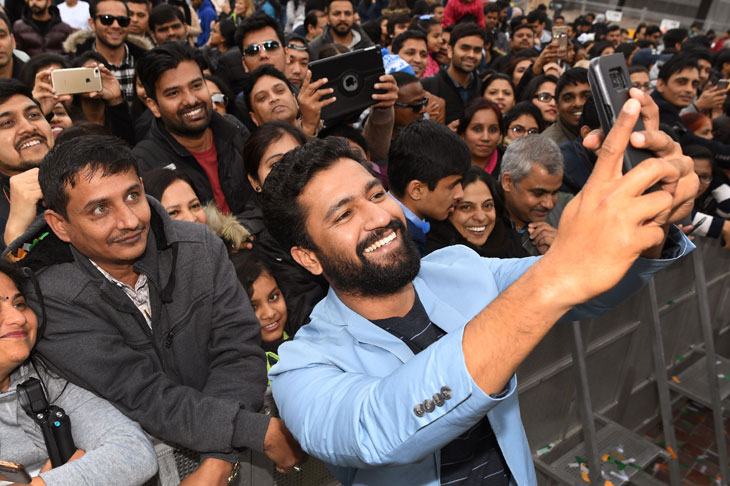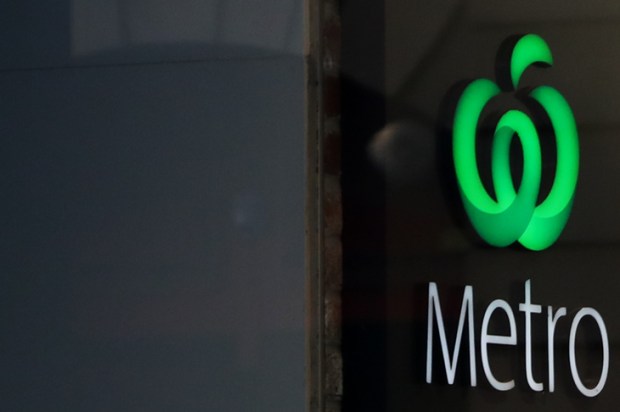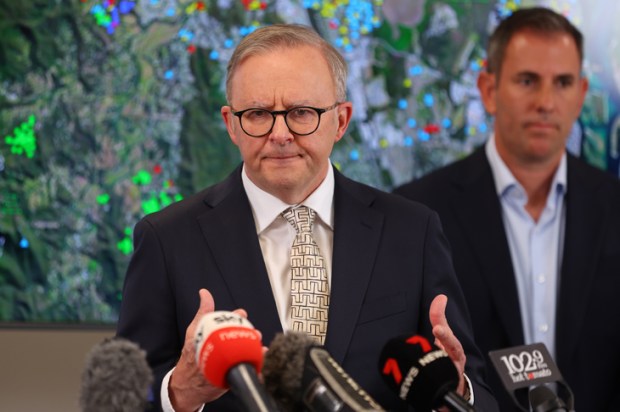Diversity not division. But Australia is headed the other way. When six former prime ministers joined to warn that Australia’s successful emergence from the internal religious and racial hatred and violence generated by the Hamas terrorist attacks ‘depends on us not allowing conflict overseas to turn Australians against each other’, they inadvertently pointed to a risk that their own immigration policies helped to create – policies that have changed the very nature of Australia without ever being referred to the Australian people for endorsement.
Already a subscriber? Log in
Subscribe for just $2 a week
Try a month of The Spectator Australia absolutely free and without commitment. Not only that but – if you choose to continue – you’ll pay just $2 a week for your first year.
- Unlimited access to spectator.com.au and app
- The weekly edition on the Spectator Australia app
- Spectator podcasts and newsletters
- Full access to spectator.co.uk
Unlock this article
You might disagree with half of it, but you’ll enjoy reading all of it. Try your first month for free, then just $2 a week for the remainder of your first year.














Comments
Don't miss out
Join the conversation with other Spectator Australia readers. Subscribe to leave a comment.
SUBSCRIBEAlready a subscriber? Log in